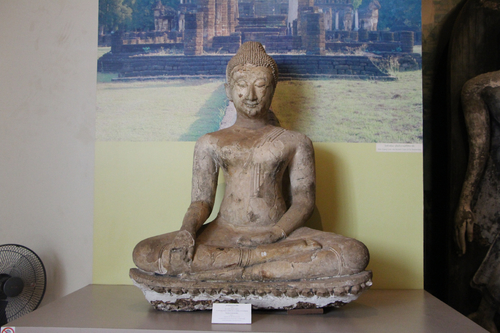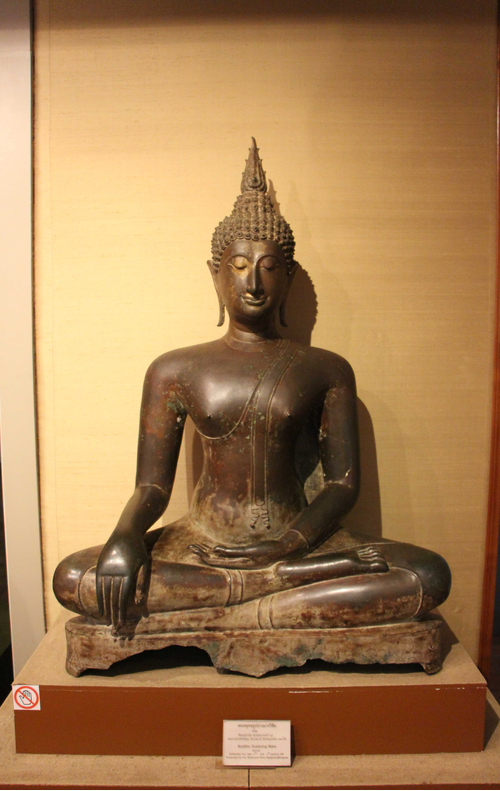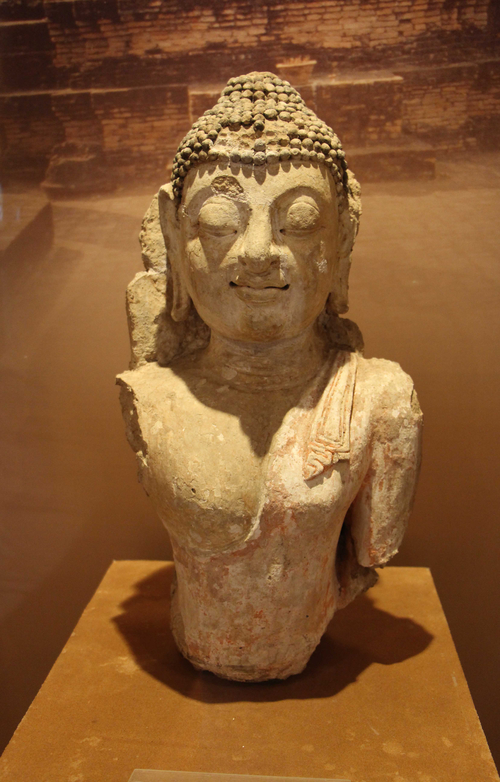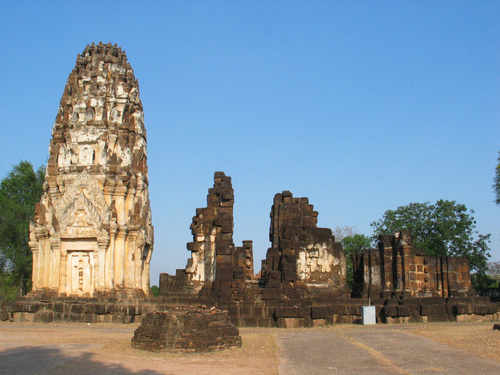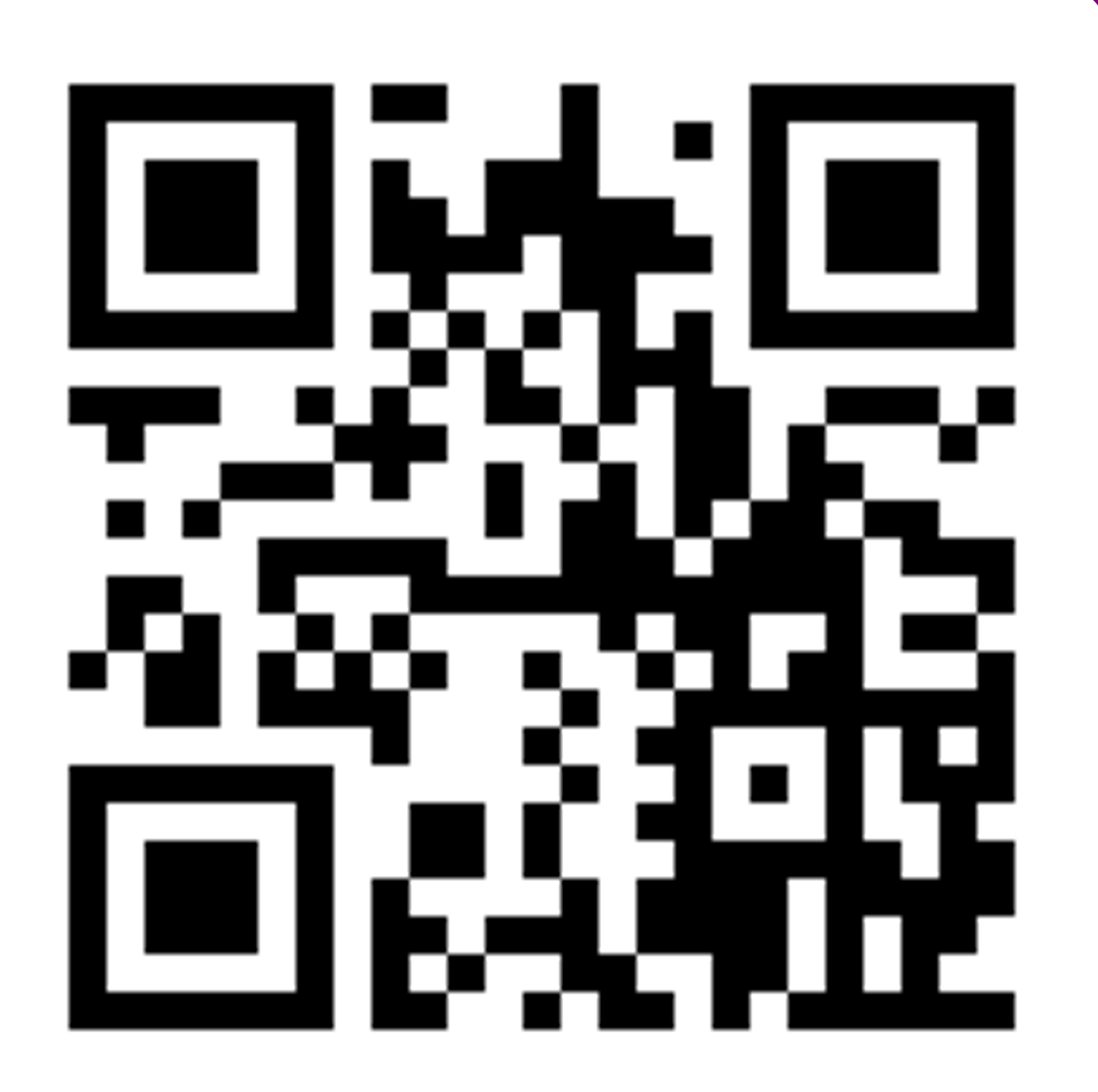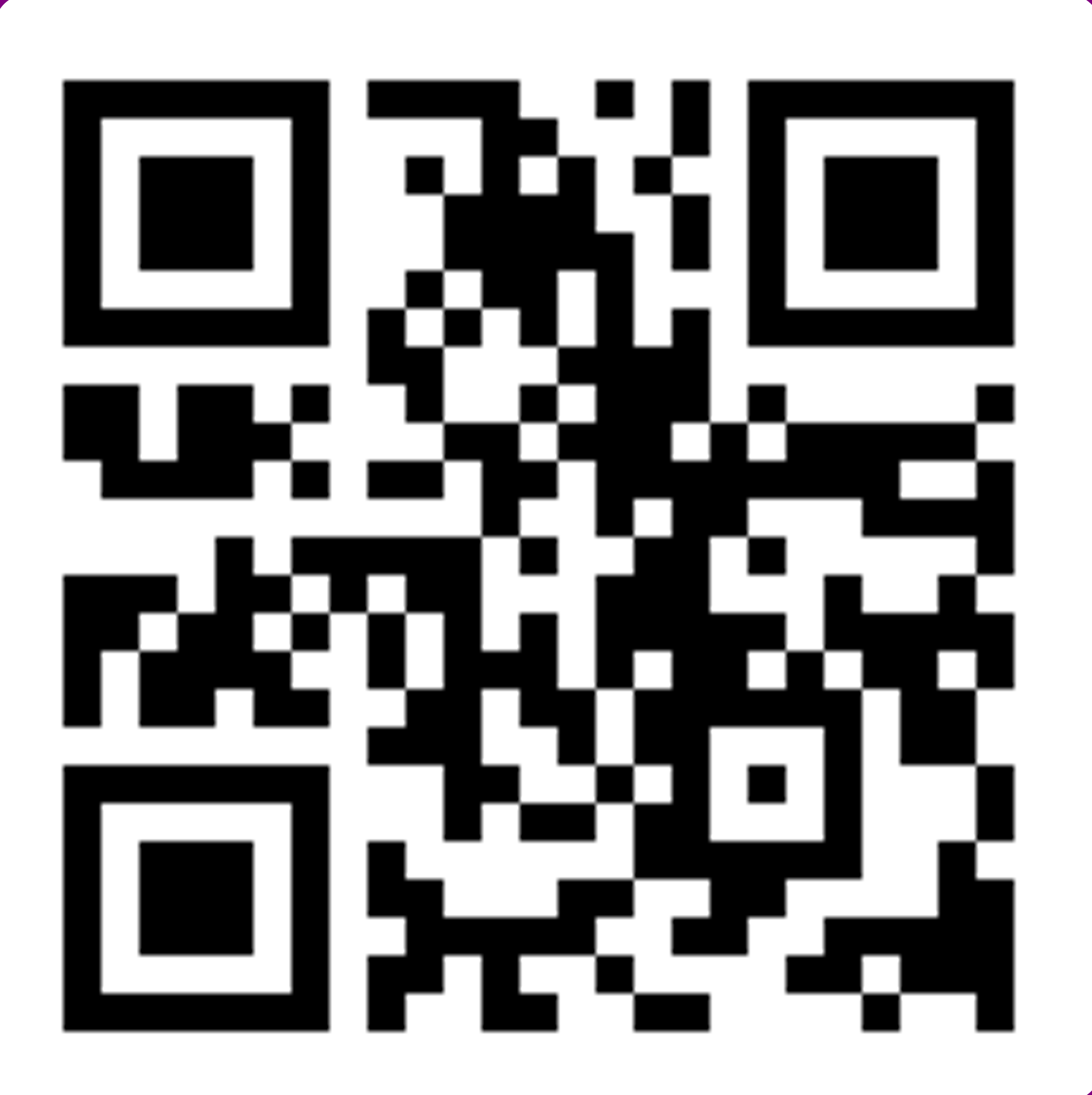Artwork Search
Arts in Southeast Asia Database
SculptureThe attitude of subduing Mara
The stucco Buddha image is sitting simple cross-legged on the lotus base. The hand is in the attitude of subduing Mara. The image has a round face, yet rather oval which could indicate the time during the change from the round face in early Sukhothai Buddha images to the oval face the Major Group. The eyebrows are arched. The eyes are gazing down. It also has a pointed nose, well-proportioned lips and small finer hair curls. The robe is worn across the body without drapery folds. The outer robe is worn on the left shoulder. It has a special feature that makes it different from other images in the Major Group which is that the whole outer robe is folded while other images in the Major Group will be folded only the edge.
SculptureThe attitude of subduing Mara
The Buddha image is in meditation posture sitting simple cross-legged on the plain base. The hands are performing the attitude of subduing Mara which is the remarkable feature of Sukhothai Buddha images under the Major Group and the features are including the oval face, the arched eyebrows, the low gazing eyes, the aquiline nose, the well-proportioned lips, the big spiral-liked hair curls, the high Usnisa, flame-liked aureole, wearing cross-body robe with no crease, the long small outer robe strip with the edge reaching the navel, and the folded edge known as centipede fangs.
SculptureBuddha image
The Buddha image is damaged in many parts that it cannot be detected of which manner and attitude it was originally made. As it is a high relief sculpture, it is believed that the image was used to decorate a religious place attached to the wall. It has a round face with arched eyebrows and pointed nose. The eyes are gazing down. The lips are fairly well-proportioned, though curvy-shaped like a wave. The hair is tightly curled into finer small curls. Usanisa (cranial bump) is swelling high. The halo on top of the head is damaged and missing. The image has prominent chest with the robe worn across the body, no drapery folds. The outer robe is small and short only above the breast. The edged is folded in many layers and this is known as centipede fangs.
ArchitecturePrasat Wat Phra Phai Luang
Wat Phra Phai Luang features the ancient Khmer towers as its main sanctuary along with many buildings both contemporary with the main sanctuary and later buildings from the early to the late Sukhothai period. The complex is surrounded by a ditch called Hauy Mae Chone.The main sanctuary comprises three laterite towers decorated with stucco on the exterior. They all stands on the same plain rectangular base on the north-south axis. The indented-form towers face toward the east collectively.Nowadays, only the north tower remains intact among the ruins of the central and south tower. The ruins of the central tower was left only its base and cella. The north tower is still in a very good condition with its four-tiered roof topped with a lotus bud or galasa (holy water pot). It is clearly seen even at the present that the central tower used to be the largest among the three as was common in the ancient khmer temple’s architectural canon. Stucco motifs at the north tower are the original decoration whereas those of at the other two towers were a copy by the Fine Arts Department. Some good examples are the narrative scenes of the Buddha’s life at the pediments, for instance, the south pediment displays Prince Siddhartha cut off his hair scene, the Temptation of the Buddha by the Mara scene at the north pediment which should lead to the Buddha’s Triumph over the Mara and the Enlightenment scenes at the west pediment.
